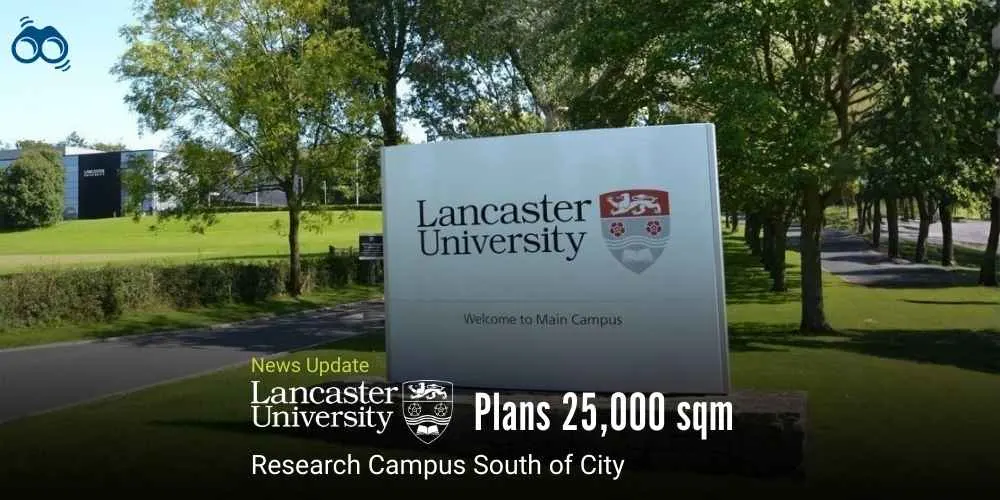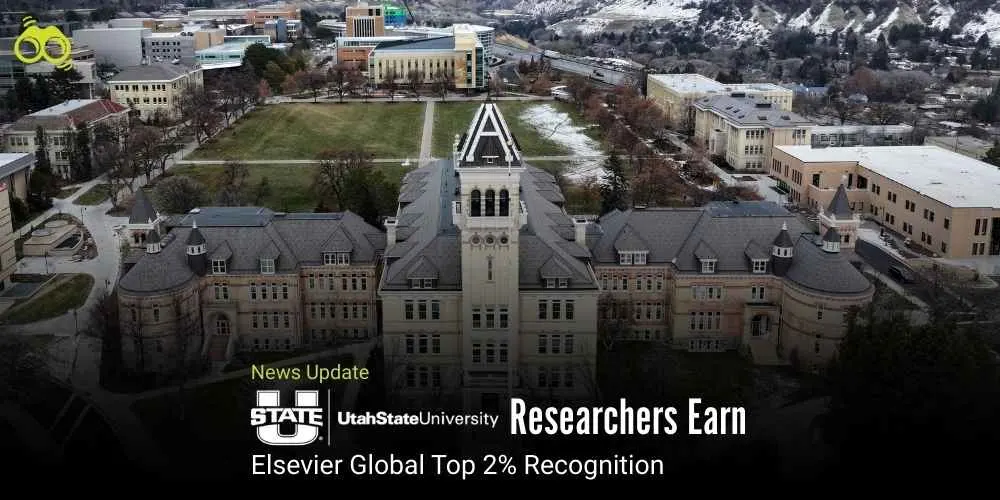Odisha’s Reservation Policy: Genuine Reform or Political Compromise?
Education Reform: Odisha Cabinet Approves SEBC Reservation Policy
The socially and economically backwards classes (SEBC) make up nearly 54% of Odisha's population, yet the state has historically lacked educational reservations for them. Although a 27% reservation for OBC/SEBC candidates was implemented in 1994, it was overturned by the Odisha Administrative Tribunal in 1998 and later upheld by the High Court in 2007. Since then, SEBC reservation in public employment has remained at 11.25%.
In a significant policy move, the Odisha Government has now approved an 11.25% reservation for SEBC students in admissions to State-owned and State-funded higher education institutions. This comes after years of demands from political parties for the implementation of the constitutionally mandated 27% quota in education.
Sanctioned by the State Cabinet under the chairmanship of Chief Minister Mohan Charan Majhi on 14 May 2025, the decision will take effect from the 2025–26 academic year. The reservation will apply to admissions in State public universities, Government and aided higher secondary schools, and colleges affiliated with the departments of School and Mass Education, Higher Education, Odia Language, Literature and Culture, as well as Sports and Youth Services.
To ensure consistency in reservation policies, the government stated that this initiative aligns with the existing structure, which includes 22.5% for Scheduled Tribes (ST), 16.25% for Scheduled Castes (SC), 11.25% for SEBC, 5% for Persons with Disabilities (PwD), and 1% for Ex-Servicemen. Furthermore, the policy aims to promote access, equity, and inclusion, increase the Gross Enrolment Ratio (GER), and expand educational opportunities for marginalised communities in Odisha, in line with the National Education Policy 2020.
However, the recent Cabinet decision has not been universally welcomed. Former Union Minister and senior Congress leader Srikant Jena criticised the move, arguing that the 11.25% reservation fails to reflect the SEBC community’s share of the population, which he claims is nearly 54% in Odisha. In a letter to Chief Minister Mohan Charan Majhi, he accused successive state governments of neglecting SEBC educational rights, citing that inadequate reservation had led to over 7,000 SEBC students losing medical seats and nearly 50,000 job opportunities. Reiterating his stance, he called for the immediate implementation of the constitutionally mandated 27% reservation in education and employment. This policy decision marks a crucial step towards educational inclusivity while also sparking debate on the adequacy of SEBC representation in Odisha’s higher education system.
Editor’s Note:
The Odisha Government’s decision to introduce an 11.25% reservation for SEBC students in higher education is a long-overdue step towards recognising their educational rights. However, it falls short of the transformative change many had hoped for. Given that SEBCs constitute nearly 54% of the state’s population, this limited quota raises serious concerns about the government’s commitment to true inclusivity. For decades, political leaders and social activists have consistently demanded a 27% reservation for SEBCs—a benchmark already implemented in several other states. Odisha, however, has lagged, offering only incremental changes instead of meaningful reform. While officials claim the new policy aligns with national guidelines, it seems more like a symbolic gesture to deflect criticism than a genuine effort to address deep-rooted inequalities. Due to inadequate reservations, over 7,000 SEBC students have reportedly lost out on medical seats, and nearly 50,000 job opportunities have slipped away. The current policy does little to recover this lost ground.
As highlighted by Skoobuzz, if Odisha truly aims to ensure fairness and equity in education, it must go beyond minimal reforms. What is needed is the immediate and full implementation of the constitutionally mandated 27% reservation—only then can the educational needs of SEBC students be adequately and justly addressed.














0 Comments (Please Login To Continue)